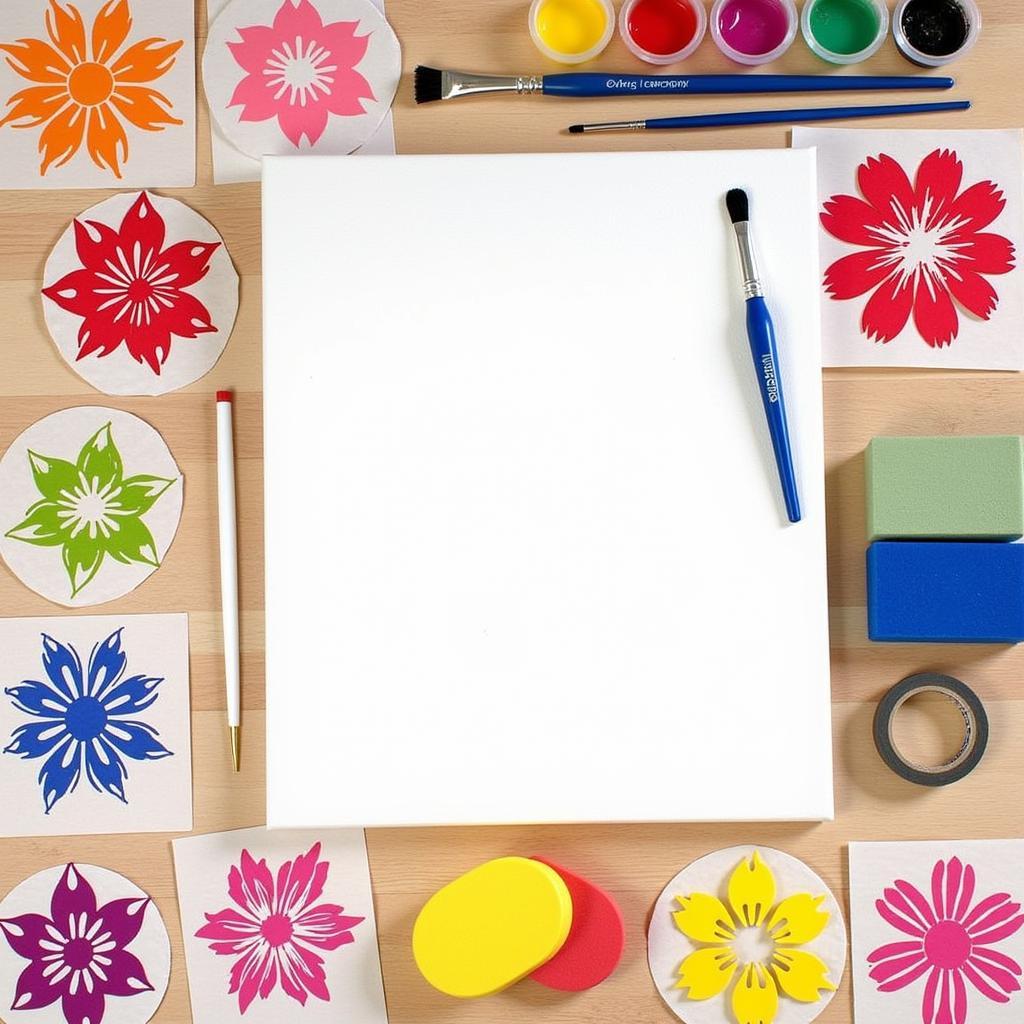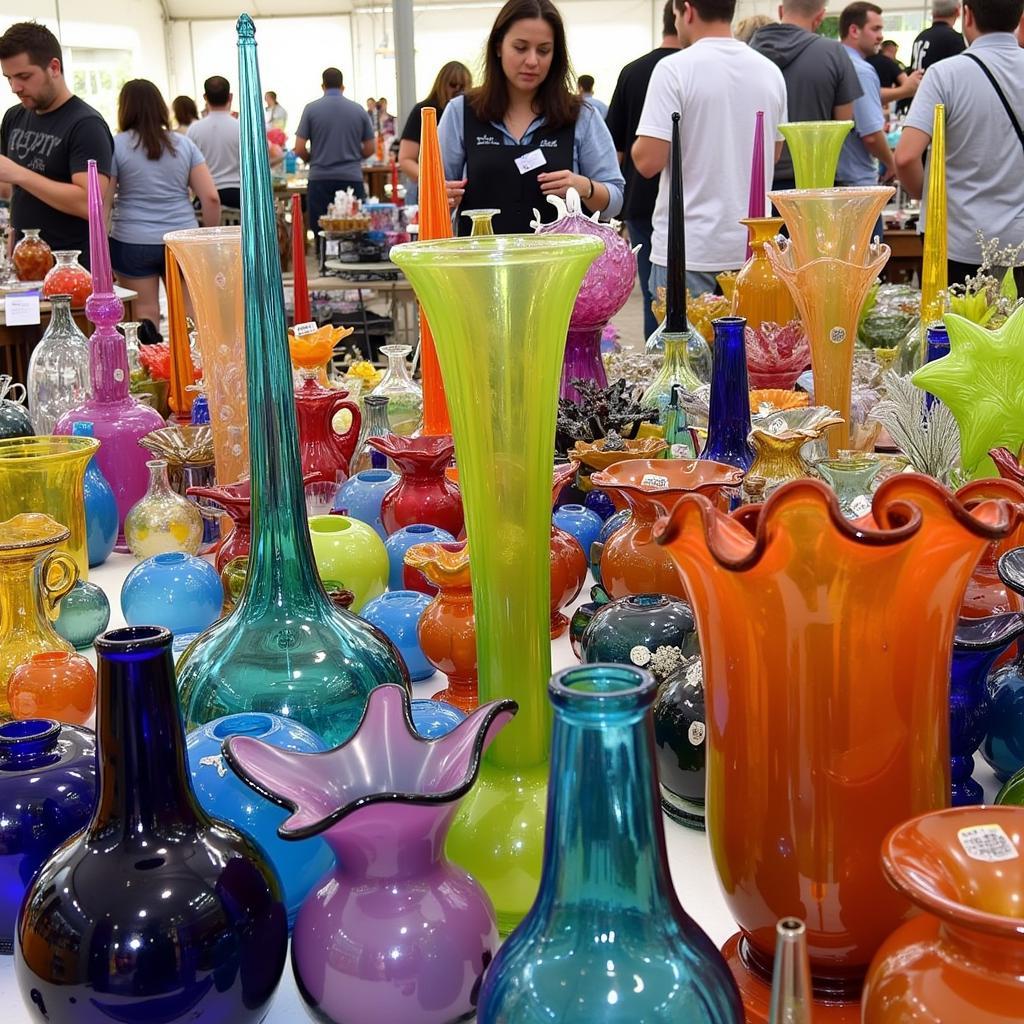Art Studio Shelving: Optimizing Your Creative Space for Maximum Efficiency
Setting up your art studio is a thrilling journey filled with endless possibilities. A crucial element of this setup is Art Studio Shelving, which plays a key role in organizing your creative materials, tools, and inspirations, allowing you to streamline your workflow and maintain a functional, aesthetically pleasing space. This comprehensive guide will explore the different types of art studio shelving available, their pros and cons, and essential tips for maximizing space and efficiency in your creative haven.
Understanding Your Needs: What Kind of Artist Are You?
The first step towards designing your perfect art studio shelving is understanding your unique artistic needs. What kind of artist are you? What materials do you primarily work with? Are you primarily a painter, sculptor, photographer, or digital artist?
Here are some key considerations:
- Materials: The materials you work with will determine the type of shelving you need. Painters may require open shelving for easy access to paints and brushes, while sculptors may need more robust shelving capable of handling heavier materials.
- Storage needs: How much space do you need for your materials? Will you require shelves for storing large canvases, sculpting tools, photographic equipment, or digital devices?
- Budget: Set a realistic budget for your shelving project. There are various options available, ranging from budget-friendly DIY solutions to custom-designed shelving systems.
- Aesthetics: How important is the visual appeal of your shelving? Do you want a minimalist aesthetic or a more eclectic look?
Types of Art Studio Shelving: A Comprehensive Overview
The art studio shelving market offers a wide array of options, each with its own unique strengths and limitations. Let’s delve into the most popular types:
1. Wall-Mounted Shelves:
- Pros:
- Space-Saving: These shelves maximize vertical space, perfect for small studios.
- Versatility: Available in various styles and sizes, accommodating different needs.
- Accessibility: Easy to reach materials, promoting efficient workflow.
- Cons:
- Weight Limitations: Not ideal for storing heavy materials.
- Limited Storage: May not provide ample storage for large or bulky items.
2. Freestanding Shelves:
- Pros:
- Flexibility: Easy to move and rearrange as your needs evolve.
- Heavy-Duty: Can accommodate heavier materials and bulkier storage items.
- Customization: Available in various configurations to suit your space.
- Cons:
- Occupy Floor Space: May take up valuable floor space in smaller studios.
3. Rolling Carts:
- Pros:
- Mobility: Easily move materials around the studio for convenient access.
- Versatile Storage: Can hold a range of tools, supplies, and equipment.
- Organization: Provide a designated space for specific materials.
- Cons:
- Limited Shelf Space: May not offer sufficient storage capacity for larger items.
- Safety: Rolling carts can pose a tripping hazard if not used carefully.
4. Custom Shelving:
- Pros:
- Tailored to Your Needs: Designed to fit your unique space and storage requirements perfectly.
- Aesthetic Appeal: Can be customized to complement your studio’s design.
- Durability: Made with high-quality materials for long-lasting use.
- Cons:
- Cost: More expensive than pre-made shelving solutions.
- Time Commitment: May require more time and effort to plan and install.
Art Studio Shelving: Essential Tips for Maximum Efficiency
1. Optimize Vertical Space:
- Utilize wall-mounted shelves to maximize vertical space and minimize clutter on the floor.
- Consider installing shelves all the way to the ceiling to take advantage of every inch.
2. Prioritize Accessibility:
- Place frequently used materials within easy reach.
- Store less frequently used materials on higher shelves or in storage bins.
3. Maintain a Visual Flow:
- Group similar items together to create a logical and intuitive system.
- Use clear labels and containers to identify contents quickly.
4. Invest in Storage Solutions:
- Utilize storage bins, drawers, and organizers to keep materials organized and dust-free.
- Consider using clear storage bins for easy visibility.
5. Don’t Overcrowd Shelves:
- Leave adequate space between items on shelves to prevent overcrowding and allow for easy access.
- Consider using dividers or shelf risers to create distinct sections on your shelves.
6. Embrace Flexibility:
- Opt for shelving systems that can be easily adjusted to meet your evolving needs.
- Choose shelves with adjustable heights and movable components.
7. Prioritize Functionality:
- Select shelving that complements your workflow and enhances your creative process.
- Ensure shelves are sturdy and stable, capable of supporting your materials safely.
“Art studio shelving is like a canvas for your creative process. It provides the framework for organizing your ideas and materials, allowing you to focus on the art itself.” – Emily Carter, Renowned Artist and Art Studio Designer
Art Studio Shelving: Maximizing Your Creative Space
By carefully planning your art studio shelving and applying these practical tips, you’ll create a space that inspires and facilitates your creative journey. Remember, a well-organized studio is a reflection of a focused and productive artist, allowing you to unlock your full creative potential.
Frequently Asked Questions:
- Q: What are the best materials for art studio shelving?
- A: Durable materials like wood, metal, and acrylic are popular choices for art studio shelving. Consider factors like weight capacity, durability, and moisture resistance when selecting materials.
- Q: How do I choose the right size for my art studio shelves?
- A: Measure your space carefully and consider the size of your materials and tools. Allow ample space between shelves for easy access and airflow.
- Q: How can I make my art studio shelves more visually appealing?
- A: Consider using a variety of materials, textures, and colors to create visual interest. You can also add decorative elements like plants or artwork to enhance the aesthetics of your shelving.
Ready to elevate your art studio to the next level? best art supply storage, world map metal wall art, large horizontal coastal wall art and how to hang a metal wall art for inspiration and practical solutions to organize your creative space.



